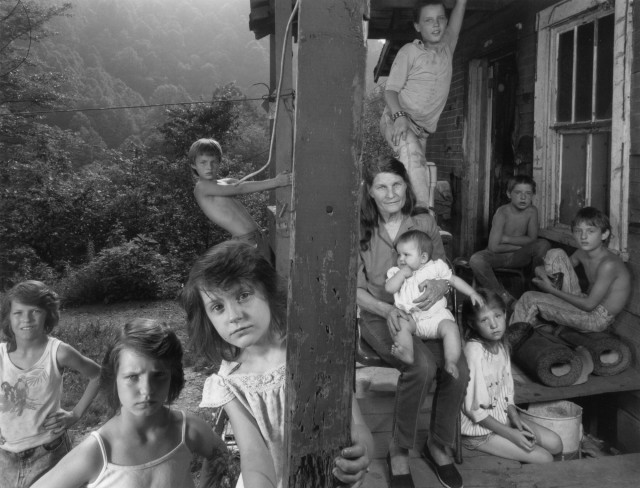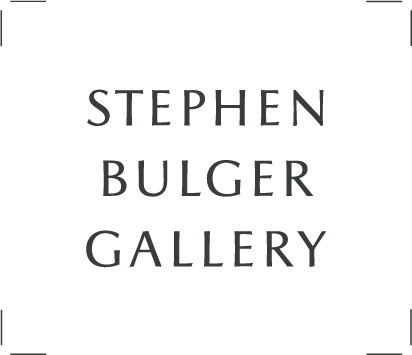Exhibition Dates: September 9 - October 7, 1995
“Appalachian Portraits” documents Shelby Lee Adams’ native land, Eastern Kentucky. Adams is able to photograph his subjects, isolated from mainstream America, with an insider’s view. Lyrically, he explores the pride, independence and love evident in the faces of his subjects.
Adams spent summers with his grandparents in the Appalachian region and realized how unique the culture was from an early age. His grandmother, who was slowly losing her sight, strongly encouraged Shelby’s visual exploration of the world. Shelby first began using paint in order to explore his surroundings, but after taking a course in photography, he knew that it would become a major part of his life. Adams studied the work of F.S.A. photographers (Dorthea Lange, Walker Evans and Russell Lee) who became a major influence on his work. He realized that part of the Appalachia remained largely unexplored photographically and began, in 1974, to photograph the community, documenting the warmth within the harsh reality of their living conditions. Shelby initially met these families while accompanying his uncle, their doctor, on visits. The families themselves now introduce ‘The Picture Man’ to other Appalachians.
An intriguing part of this culture is explored through photographs of members from the Holiness Pentecostal Religion. It has taken years for Shelby to gain their trust. “These people feel they get personal visitation from the Holy Spirit from heaven, and this spirit anoints them, which gives them a special power to handle serpents. To them, the serpent is the symbol of the devil. That’s very important to understand. Outsiders might believe that they are playing Russian roulette or that they have some kind of death wish. That’s not true at all. They feel they have a special power that’s given to them by God. They interpret my pictures almost as religious icons that communicate to the modern world that God is alive and working through them.” The results of his dedication and insight are fascinating photographs which document the many facets of an often misunderstood subculture.

